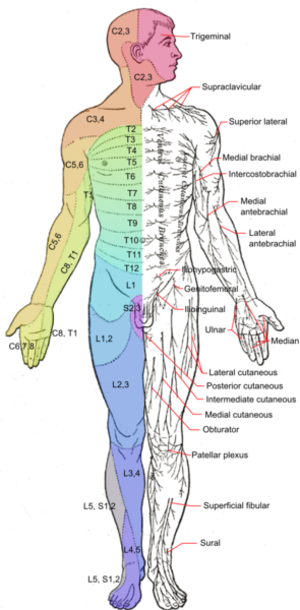Vitamin B6 helps enact metabolism, the immune system, red blood cell activity, assists the possibility for your neurons to send signals to one another and helps with gene expression. Like other B vitamins, it is obvious vitamin B6, which is actually part of a group of complex vitamins of which seven are presently known, is absolutely critical in maintaining psychological health. Despite this blaring significance, it may be amusing to note that vitamin B6 was discovered as late as 1930s when a Hungarian scientist was experimenting on rats.
Unlike other B vitamins, the amount of recommended vitamin B6 does not alter significantly as one ages. 19 to 50 year old men typically only require 1.3mg of vitamin b6 daily while women of the same age only need 1.3mg daily. However, when men and women do reach the age of 50 they require .4mg and .2mg more, respectively. Furthermore, pregnant or nursing women require almost double their normal amount of vitamin B6, jumping to 1.9mg and 2.0mg respectively when they are between 19-50 years of age.
While there has yet to be upper limit restrictions documented, vitamin B6 intake is associated with the possibility of sensory neuropathy in large enough doses. What this basically means is that too much vitamin B6 may lead to sensory nerve damage which could include but is not limited to irreversible numbness, tingling, burning, and sensitivity. As such, it’s probably for the best to stick to the recommended daily intake or inquire about different courses of action to your personal professional medical practitioner. In general, the upper limit is considered to be somewhere around 100mg, though this is a very rough estimate and almost 100x the recommended daily amount.
Contrarily, too little vitamin B6 may create issues. One possible side effect of inefficient vitamin B6 is anemia, or the disease in which the number of red blood cells decreases. This results in a number of symptoms such as pallor, weakness, fatigue because not enough oxygen is carried through the blood system to organs, as there ceases to be an adequate number of red blood cells in order to transfer gases throughout the body. Another likely result of deficient vitamin B6 intake is peripheral neuropathy, a disease in which muscles may atrophy and individuals may experience a tremendous amount of pain.
So, now that I’ve enlightened you about how important vitamin B6 is and all about the horrible, horrible things that may go wrong if you manage to ingest too much or are deficient, allow me to identify some good sources so you can eat right (if in an irrational state of panic). Meats, potatoes, bananas, beans, nuts, seeds, poultry, fish, eggs, spinach, and fortified cereals contain high enough levels of vitamin B6 to be considered significant sources.
WORKS CITED
Behan, Eileen. Therapeutic Nutrition: a Guide to Patient Education. Philadelphia: Lippincott Williams & Wilkins, 2006. Print.
“Neuropathy (Page 1) :: Diabetes Self-Management.” Diabetes Self-Management :: Diabetes Blogs, Articles and Recipes. Web. 03 Jan. 2011. .


